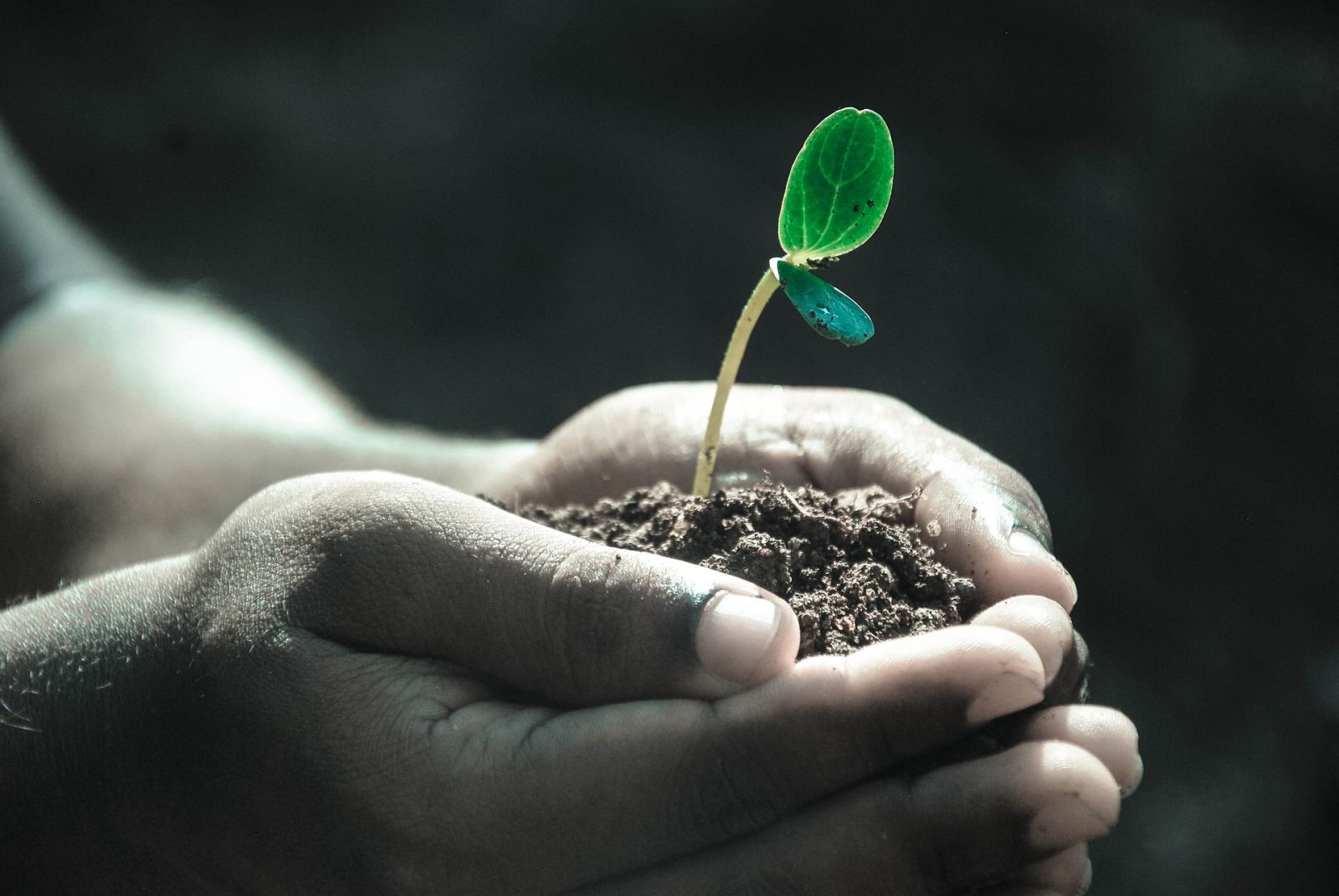Herb Gardening: Tips and Techniques for Growing and Harvesting Fresh Herbs
Herbs are some of the easiest plants to grow and are a great addition to any garden or kitchen. They not only add fragrance and flavor to food but also offer medicinal benefits and can be used for various household purposes. Herb gardening can be done in containers, raised beds or in the ground. This article will provide some tips and techniques for growing and harvesting fresh herbs.

Choosing the Right Herbs
When it comes to herb gardening, choosing the right herbs is crucial. Most herbs prefer well-drained soil and full sun exposure. Some popular herbs for beginners include basil, parsley, cilantro, thyme, oregano, and sage. These herbs are relatively easy to grow and can be used in a variety of dishes.
Preparing the Soil
Once you have decided on the herbs you want to grow, it's important to prepare the soil. Herbs grow best in soil that is rich in organic matter and has good drainage. If you are planting in a raised bed or container, you can purchase a pre-made potting mix that is specifically designed for herbs. If you are planting in the ground, you may need to add compost or other organic matter to improve the soil quality.
Planting Herbs
When planting herbs, it's important to space them properly. Most herbs need at least 6 inches of space between them, but some, like basil, need up to 12 inches. Herbs can be planted from seed or transplants. If planting from seed, follow the instructions on the seed packet for proper planting depth and spacing. If using transplants, gently remove them from their containers and loosen the roots before planting.
Watering and Fertilizing Herbs
Herbs need consistent moisture to thrive, but overwatering can lead to root rot. Water your herbs when the top inch of soil is dry to the touch. You can also add a layer of mulch around your herbs to help retain moisture. When it comes to fertilizing, herbs generally do not need a lot of fertilizer. If the soil is rich in organic matter, it should provide enough nutrients for the herbs to grow. However, you can add a slow-release fertilizer once or twice a year to give them an extra boost.
Harvesting Herbs
Harvesting herbs at the right time is important to ensure that they have the best flavor and aroma. Most herbs can be harvested once they have reached about 6 inches in height. It's best to harvest herbs in the morning when the oils are at their peak. Use a sharp pair of scissors or pruning shears to snip off the leaves or stems. Do not harvest more than one-third of the plant at a time, as this can weaken the plant.
Storing Herbs
Once you have harvested your herbs, you can use them fresh or dry them for later use. To dry herbs, tie them in small bundles and hang them in a warm, dry, well-ventilated area. Once they are completely dry, remove the leaves from the stems and store them in an airtight container. You can also freeze herbs by chopping them up and placing them in ice cube trays with a little water.
Herb gardening is a fun and rewarding activity that can provide fresh herbs for cooking and other uses. By choosing the right herbs, preparing the soil, planting properly, and taking care of your herbs through watering and fertilization, you can enjoy a bountiful harvest of fresh herbs. Don't forget to harvest your herbs at the right time and store them properly for later use. With a little effort, you can have a thriving herb garden in no time.
